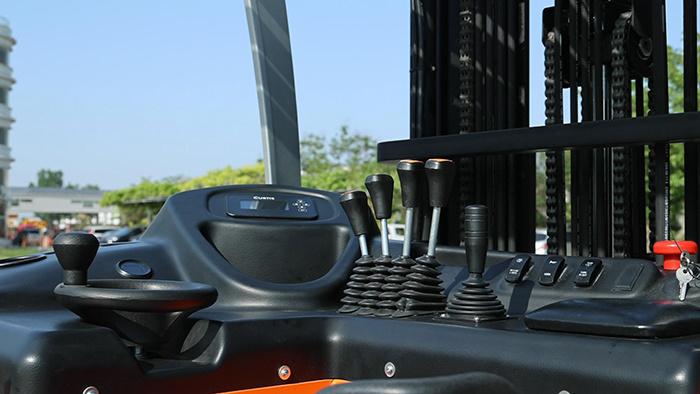How to Optimize Warehouse Layout for Better Workflow
In the modern era of fast-moving goods and rising customer expectations, the layout of your warehouse can make or break your operation. A poorly designed warehouse wastes time, creates bottlenecks, causes confusion among workers, and results in inaccurate shipments. On the other hand, a well-optimized layout enhances productivity, safety, space utilization, and the speed of order fulfillment. Whether you're managing a small regional warehouse or a large distribution center, optimizing the layout is essential for maintaining a competitive edge.
A warehouse layout is more than just stacking shelves and placing racks. It is the foundation of how materials move, how fast orders are processed, and how efficiently employees perform their tasks. Key areas typically include receiving, storage, picking, packing, staging, and shipping. An effective layout considers how goods flow from one stage to the next with minimal handling and time waste.
Before diving into changes, assess your current layout. Conduct a workflow audit to see where delays or congestion happen. Are there areas where workers constantly cross paths? Are pickers walking long distances to reach frequently ordered items? Do storage areas lack clear labeling? Collect data on product velocity—how fast each SKU moves—so you can prioritize fast movers for easy access.
The next step is to apply layout design principles. First is flow—products should move in a straight or circular path with minimal backtracking. Second is accessibility—all items should be reachable without obstruction. Third is space utilization—maximize the use of vertical and horizontal space. Fourth is flexibility—your layout should accommodate seasonal changes or product line expansion. And fifth, safety—aisles should be wide enough, signage visible, and emergency exits clear.
Functional zoning is key. Divide the warehouse into clearly designated areas:
Receiving area: Near the loading docks, with space for inspection and sorting.
Storage area: Includes shelves, racks, or bins arranged by product type or turnover speed.
Picking and packing stations: Should be ergonomic and close to fast-moving goods.
Shipping area: Near outbound docks to avoid extra handling.
Choose appropriate storage systems to support your workflow. For large, uniform items, pallet racking is ideal. For smaller items, consider bin shelving. If your warehouse deals with high volume, automated storage and retrieval systems (AS/RS) can dramatically improve space use and speed. Don't forget about vertical space—use mezzanines or tall racks with forklifts when appropriate.
Optimize pick paths to reduce worker fatigue and increase speed. Arrange items by order frequency and use one-way aisles to avoid traffic congestion. Many warehouses use"golden zones" where high-volume items are stored between waist and shoulder height for easy access. Slotting techniques—placing items in the most optimal location based on demand—can reduce travel time significantly.
Technology plays a critical role in layout optimization. Warehouse Management Systems (WMS) allow real-time inventory tracking and help guide staff to the right locations efficiently. RFID tags, barcode scanners, and digital picking systems reduce errors. CAD software and simulation tools can be used to test different layout configurations virtually before implementation.
Don't overlook your employees' input. They know where the frustrations lie and often have creative ideas for improvement. Involve them in the redesign process, ask for feedback, and provide training once the new layout is ready. Empowered staff perform better and adapt quicker to changes.
Consider real-world examples. One warehouse reduced labor hours by 20% simply by repositioning the most picked items to be closer to packing stations. Another implemented conveyor systems and cut down internal transport time by half.
Finally, avoid common pitfalls. Don't overcrowd storage zones or create narrow aisles that forklifts struggle to navigate. Avoid setting up a layout that doesn't scale with your business. And don't implement changes without first testing and training.
In summary, a smart warehouse layout leads to faster operations, better use of resources, and a safer workplace. Regularly reviewing and adjusting the layout in response to operational data ensures continued efficiency. In today's supply chain environment, layout optimization isn't optional—it's essential.
Post time:Jun.19.2025



